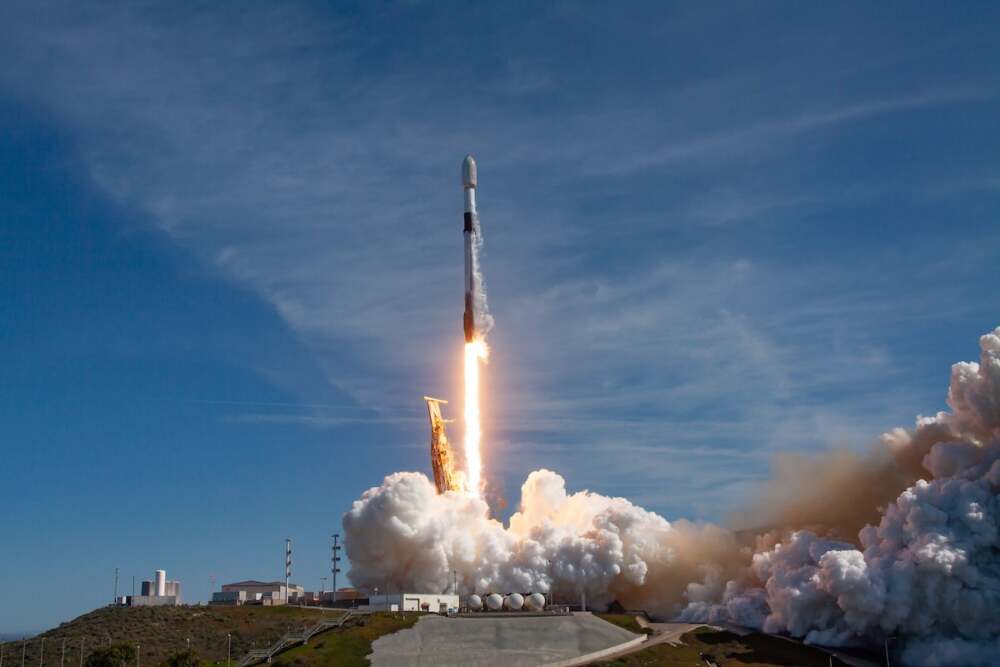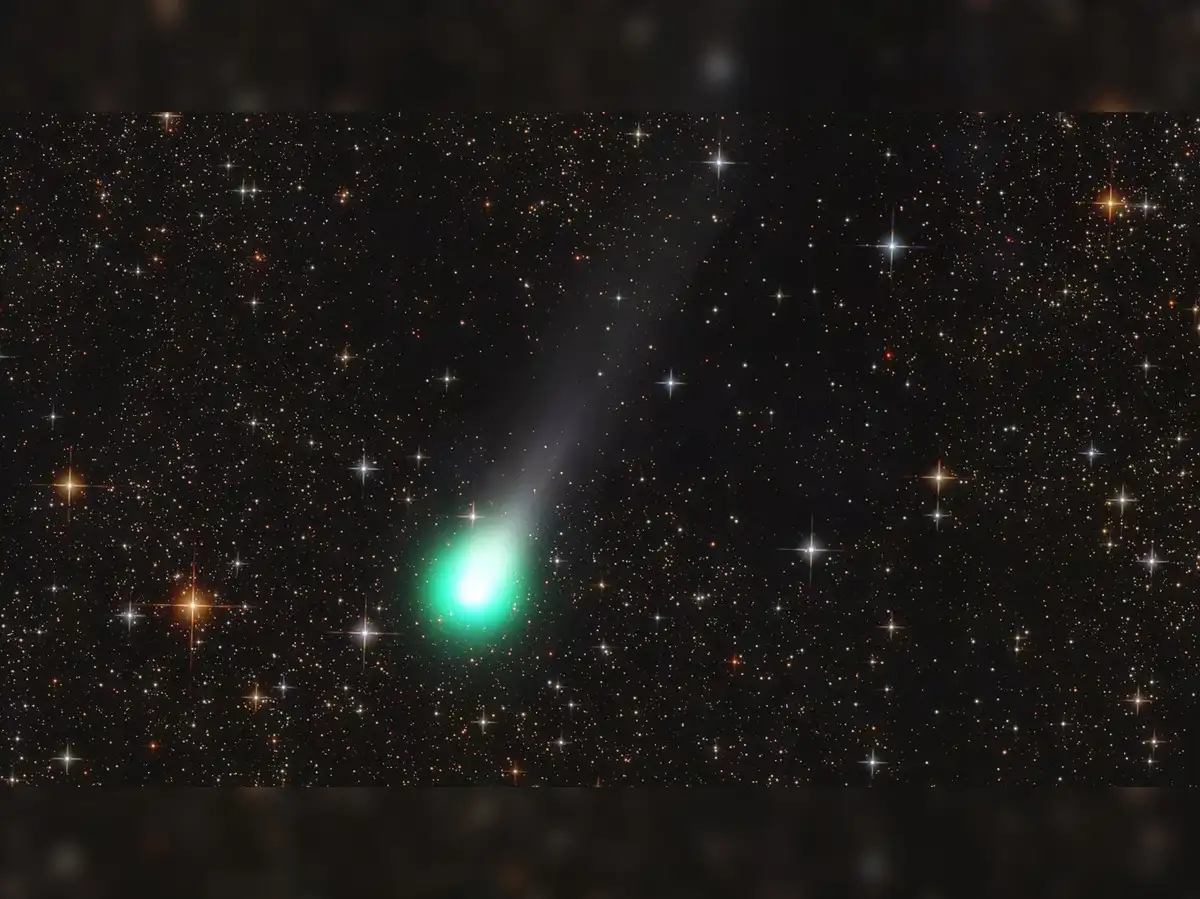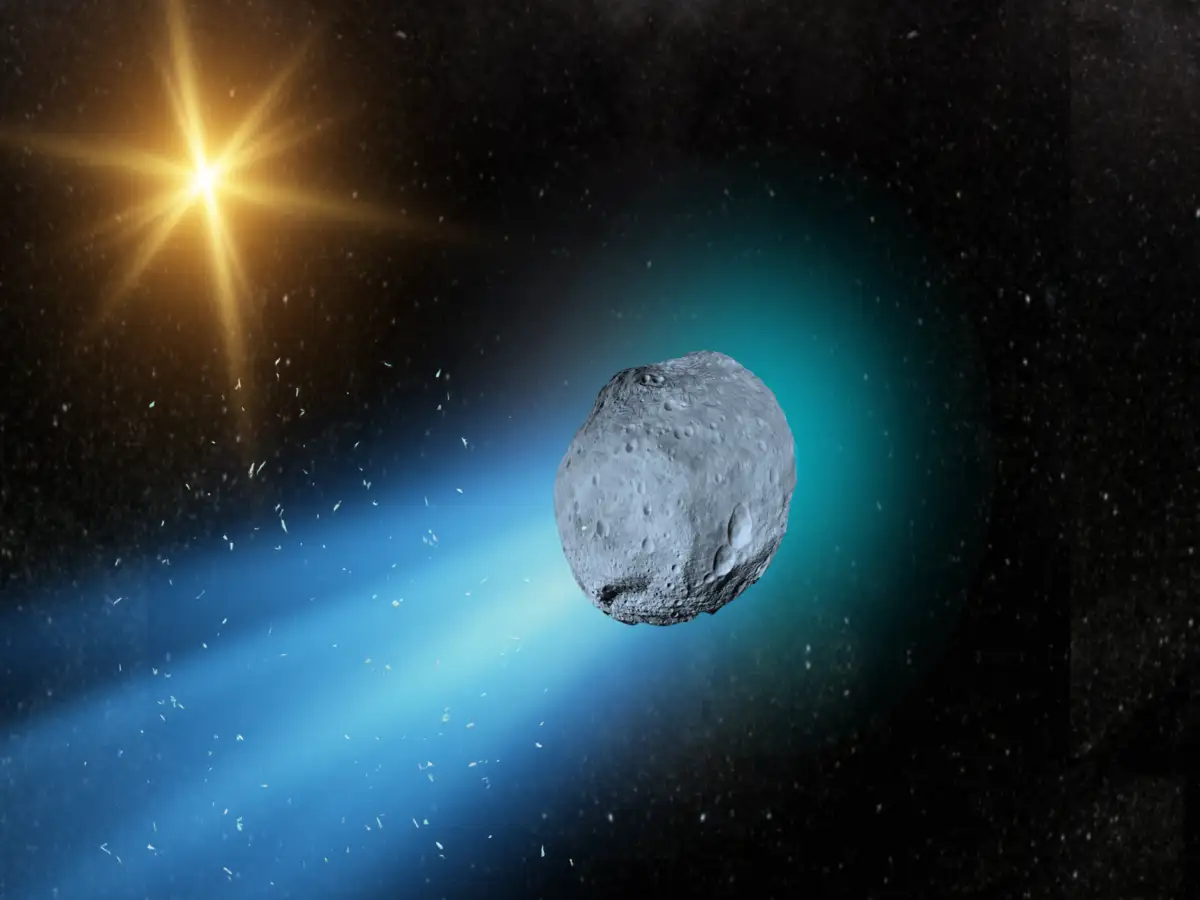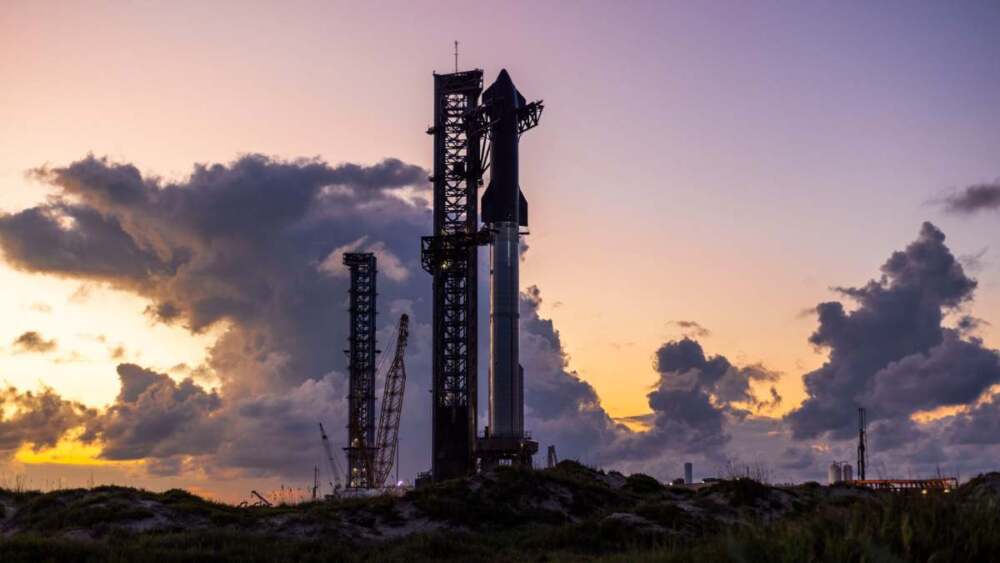SpaceX is preparing for a West-Coast launch from Vandenberg Space Force Base in California, where a Falcon 9 rocket will carry 28 new Starlink internet satellites into low Earth orbit. The mission marks yet another milestone in the company’s rapid satellite-deployment cadence and highlights its growing dominance in the commercial space arena.
The Mission at a Glance
- Launch site: Space Launch Complex 4 East (SLC-4E) at Vandenberg Space Force Base.
- Payload: 28 Starlink “V2 Mini” satellites designed to expand and replenish the company’s global broadband-internet constellation.
- Block & Booster Strategy: A previously-flown Falcon 9 first stage will lift off, then attempt a return and landing on one of SpaceX’s sea-based drone-ships approximately eight minutes later.
- Purpose: Each satellite batch improves Starlink’s network capacity, reach and resilience—especially for remote or underserved regions.
Why This Launch Matters
- High launch tempo: SpaceX continues to publish a high frequency of launches, using reusable rockets to keep costs down and cadence up. This flight contributes to the growing tally of missions this year.
- Constellation growth: As Starlink expands, every 28-satellite deployment adds meaningful bandwidth and redundancy to a system that already numbers in the thousands of units.
- Re-usability in action: The Falcon 9’s first stage is planned to return for a soft landing at sea, showcasing the operational efficiency SpaceX has achieved with booster reuse.
- Strategic site use: Launching from Vandenberg gives the company access to polar and high-inclination orbits, complementing East-Coast sites and broadening orbital options.
Key Details to Watch
- Weather and liftoff window: Even when all systems are ready, rocket launches face weather constraints—cloud cover, winds or upper-atmosphere conditions could delay liftoff.
- Booster recovery: A successful sea-landing of the first stage remains a critical part of the mission economics. A mishap could impact turnaround cadence.
- Satellite deployment: After reaching orbit, the upper stage must perform deployment maneuvers accurately to place all 28 satellites into their designated orbit.
- Impact on coverage: Post-deployment, when the new satellites reach operational status, Starlink may announce expanded service zones or improved latency/capacity metrics.
Broader Implications
This mission ultimately reflects more than one launch—it signals how commercial space is maturing:
- Satellite megaconstellations are becoming commonplace, altering how we think about global broadband, remote access, and connectivity.
- Launch providers like SpaceX are pushing reusable-rocketry into routine operations, lowering barriers for orbital access and presenting new business models.
- The pace of launches and constellation builds increases pressure on regulatory, orbital-debris and space-traffic-management regimes, highlighting the need for sustainable practices.
Final Word
For enthusiasts watching the skies, this launch is one to track—both for the technical choreography of launch and landing, and for how the newly deployed satellites will contribute to a global network that aims to connect everywhere. For the broader public, it’s another step toward a future where fast global internet access is not just a dream but a satellite-enabled reality.
















Leave a Reply